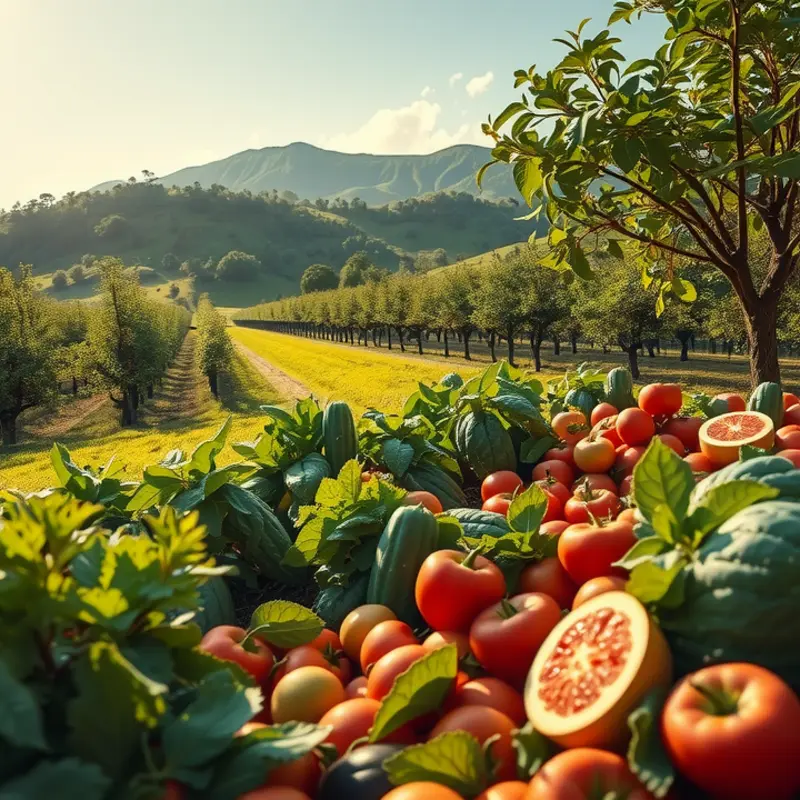High-satiety vegan eating focuses on foods that keep you feeling full longer while embracing plant-based nutrition. This approach leverages the science of satiety, incorporating fiber-rich and nutrient-dense foods to enhance meal satisfaction. As interest in plant-based diets grows, understanding how to incorporate these high-satiety options allows for healthier choices and promotes weight management without sacrificing flavor or enjoyment.
Understanding Satiety: The Key to Satisfaction

Satiety, the sensation of feeling full and satisfied, is a crucial aspect of any balanced diet, especially in vegan eating. It determines how long we remain content between meals, directly impacting overall health and weight management. A deeper understanding of satiety requires exploring the roles of fiber, protein, and healthy fats, which collectively enhance the satisfaction derived from meals.
Fiber: A cornerstone of the vegan diet, fiber plays an indispensable role in promoting satiety. Foods rich in fiber absorb water, expanding to take up more space in the stomach and triggering signals of fullness to the brain. This not only delays the return of hunger but also aids in digestive health. Examples of high-fiber vegan foods include lentils, chia seeds, and various fruits and vegetables.
Protein: Beyond muscle building, protein contributes significantly to feeling full. During digestion, protein takes longer to break down, which helps stabilize blood sugar levels and prolong the feeling of fullness. While some may worry about adequate protein on a vegan diet, options like beans, tofu, and quinoa provide ample sources of plant-based protein.
Healthy Fats: Often misunderstood, healthy fats are essential for satiety. Fats slow down digestion, allowing for a gradual absorption of nutrients and extended energy release. They also enhance the flavor and mouthfeel of meals, bolstering overall satisfaction. To integrate healthy fats sustainably, incorporate foods like avocados and nuts into daily meals.
Combining these elements effectively can lead to a diet that keeps energy up and hunger at bay. Start meals with a solid base of fiber, adding in protein and topping with healthy fats. For instance, a bowl of oatmeal topped with almond butter and berries exemplifies this balanced, high-satiety meal structure.
Practical tips to enhance meal satisfaction involve planning for variety and texture. Embracing foods from different vegan-friendly sources ensures nutritional diversity and prevents monotony. Additionally, mindful eating practices, such as savoring each bite, can significantly impact satiety. Engaging fully with meals enhances awareness of fullness cues, preventing overeating.
For more information on tailored eating strategies that promote wellness, explore nutritional basics to align dietary choices with health goals. This nuanced approach to satiety not only enriches the vegan dining experience but also fortifies the path to lasting health and wellness.
In the next chapter, the exploration of practical tips will deepen, with specific meal examples and snack ideas that maximize satiety and minimize complications related to overconsumption.
High-Satiety Foods to Incorporate into Your Vegan Diet

Creating a satisfying vegan diet is entirely possible with the right high-satiety foods. These foods are rich in fiber and protein, which are crucial for long-lasting fullness. Let’s delve into some ingredients that should become staples in your kitchen.
Legumes such as lentils, chickpeas, and black beans are excellent sources of both fiber and protein. They can be the heart of hearty salads, stews, or even blended into a protein-packed dip like hummus. A lentil-based curry, spiced with aromatic cumin and turmeric, can be both filling and flavorful.
Whole grains like quinoa, brown rice, and oats provide a slow-release energy source, keeping you full longer. A quinoa bowl topped with sautéed vegetables and tofu makes a nutrient-dense meal. For breakfasts, oats cooked with almond milk and topped with fresh berries and nuts create a satisfying start to the day.
Fruits and vegetables are essential for any vegan diet, loading your meals with fiber, vitamins, and minerals. Opt for bulkier vegetables like sweet potatoes and squash, which can be roasted, mashed, or added to soups for a satisfying element. Fruits like apples, pears, and bananas are not only great as snacks but can be combined with nut butter for added satiety.
Tofu, tempeh, and seitan serve as protein-rich ingredients that can mimic the texture of meats. Tofu can be marinated and baked to absorb flavors, while tempeh offers a nutty taste perfect for stir-frys. Seitan, with its hearty texture, can be simmered in sauces to create rich dishes.
Combining these foods strategically can maximize their satiating effects. For example, pairing fiber-rich legumes with protein sources like tofu not only boosts fullness but also enhances the meal’s nutritional profile.
Explore dishes such as a grain salad with a base of quinoa or farro, tossed with roasted vegetables, chickpeas, and a tangy lemon-tahini dressing. Not only does this provide sustenance, but also a delightful combination of flavors and textures.
For those seeking quick meal ideas, experiment with a simple stir-fry combining broccoli, bell peppers, and tofu, seasoned with a glaze of soy sauce and ginger. This dish is both expedient and satisfying. Refer to simple meals for busy people for more streamlined meal preparations that don’t skimp on satiety.
By integrating these high-satiety foods into your daily meals, you’ll find not only enhanced satisfaction but also a broader enjoyment of diverse flavors and textures. Maximizing fiber and protein can make your vegan eating both filling and pleasurable, supporting a healthy lifestyle while keeping hunger at bay.
Final words
Embracing high-satiety vegan eating is an effective way to enjoy a plant-based lifestyle while feeling satisfied and healthy. By understanding the science of satiety and incorporating foods that promote fullness, you can manage hunger effectively without compromising on taste or nutrition. The key is to focus on whole, nutrient-dense foods—combining fibers, proteins, and healthy fats—to draw out maximum satisfaction from every meal. This balanced approach not only supports weight management but also enhances overall health and well-being, making it easier to stick with a sustainable vegan diet. Armed with knowledge and delicious recipes, you are now ready to explore and enjoy the benefits of high-satiety vegan eating.








